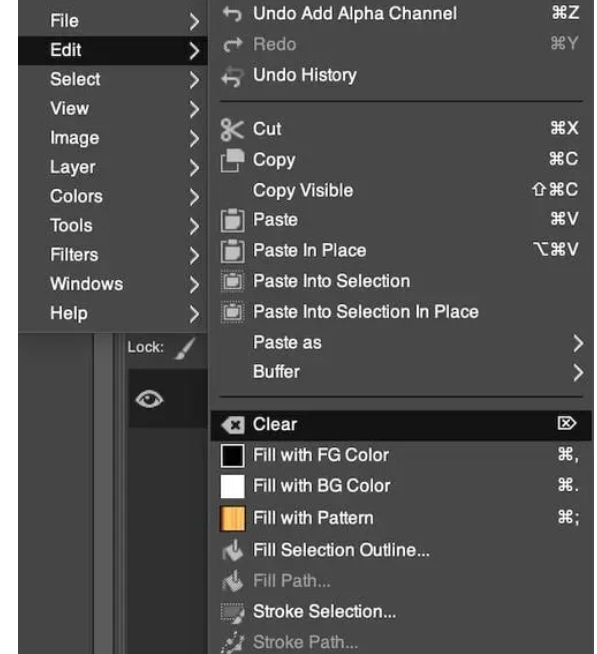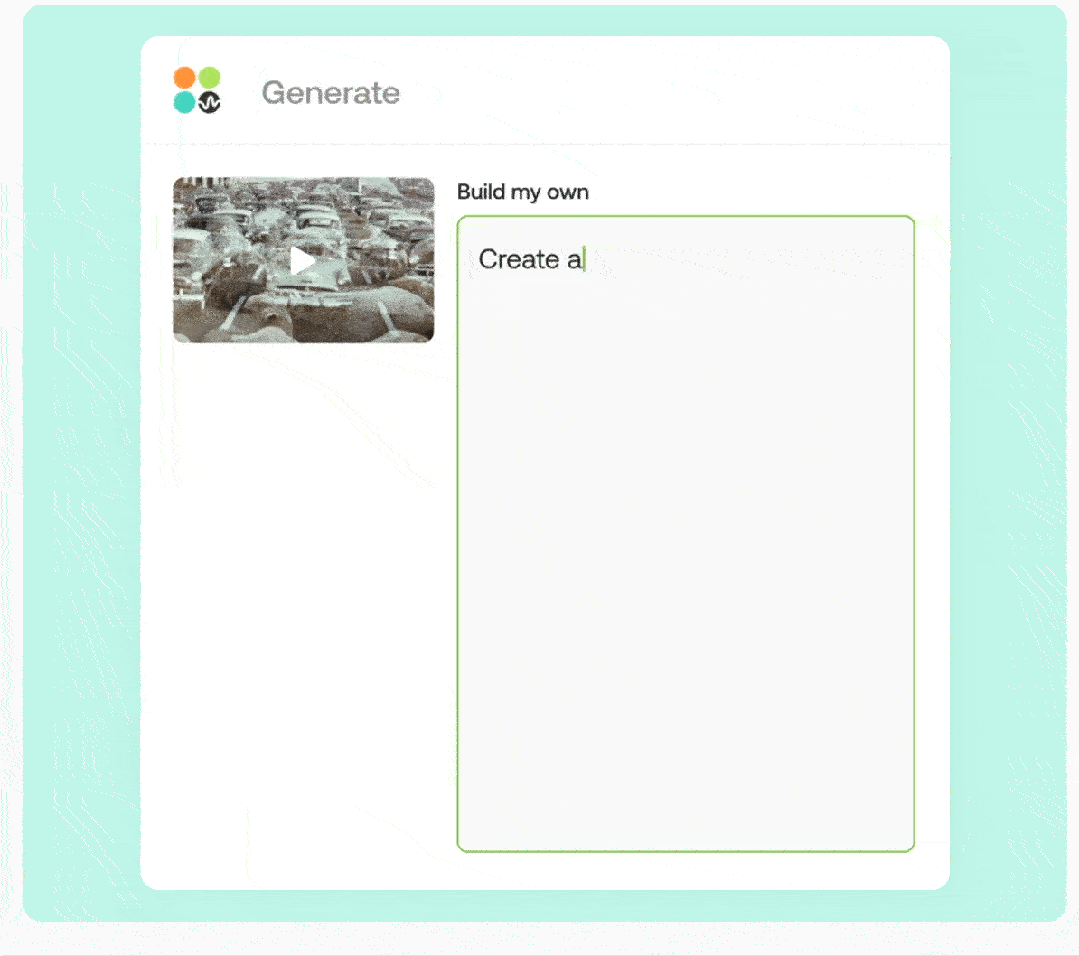在js中,没有为我们提供原生的数据结构支持的,但是在java中是有提供的。所以需要我们去模拟这种结构实现。
链表中最关键的一个元素,就是头节点,头节点不存储数据,指向第一个节点链表中几乎所有的操作都要从头结点开始。
链表的特点
1.链表中的元素在内存中并不是连续存储的,每个元素都有一个指针指向下一个元素
2.链表中的元素可以非常容易地插入和删除
封装类
//构造函数
function LinkList() {
this.head = null;
this.length = 0;
}
//辅助类,也叫内部类
function Node(data) {
this.data = data;
this.next = null;
}
增删改查
第一个方法,向链表末尾添加一个元素

LinkList.prototype.append = function (data) {
//创建节点
const node = new Node(data);
//判断链表是否为空
//如果为空,则将头节点指向新创建的节点
if (this.length == 0) {
this.head = node;
} else {
let current = this.head;
//遍历链表,找到最后一个节点
while (current.next) {
current = current.next; //这里就不是在不断地重新赋值current节点
}
current.next = node;
}
//链表长度加1
this.length++;
};
2.查询元素
第二个方法,为了方测试,我们需要一个打印链表的方法
LinkList.prototype.print = function () {
let current = this.head;
let str = "";
while (current) {
str += current.data + " ";
current = current.next;
}
return str;
};
测试一下
const link = new LinkList();
link.append('aaa');
link.append('ddd');
link.append('ccc');
link.append('nba');
console.log("print",link.print()); //print aaa ddd ccc nba
3.删除一个元素,根据给点的position去删

//从链表中移除元素
LinkList.prototype.removeAt = function (position) {
//越界判断
if (position < 0 || position > this.length) return false;
let current = this.head,
previous,
index = 0;
//如果移除的是第一个元素
if (position == 0) {
//head指向下一个元素
this.head = current.next;
} else {
while (index++ < position) {
previous = current;
current = current.next;
}
previous.next = current.next;
console.log("🚀 ~ previous:", previous);
console.log("🚀 ~ current:", current);
}
this.length--;
return true;
};
根据给定的值删除链表中的元素
//根据元素值去删除
LinkList.prototype.remove = function (element) {
let current = this.head,
previous;
let isNotFound = false;
while (current) {
if (current.data == element) {
previous.next = current.next;
isNotFound = true;
this.length--;
return true;
}
previous = current;
current = current.next;
}
if (!isNotFound) {
return -1;
}
};
4.更新一个元素
//更新链表中的某个元素
LinkList.prototype.update = function (position, newData) {
//越界判断
if (position < 0 || position > this.length) return false;
const element = this.getElement(position);
element.data = newData;
console.log("🚀 ~ element:", element);
return true;
};
//获取链表中的某个位置的元素
LinkList.prototype.getElement = function (position) {
//越界判断
if (position < 0 || position > this.length) return false;
let current = this.head,
index = 0;
while (index++ < position) {
current = current.next;
}
return current;
};
5.查找一个元素

//获取指定位置的元素
LinkList.prototype.indexOf = function (element) {
if (this.length == 0) return -1;
let current = this.head,
index = 0;
while (current) { //判断退出迭代的条件
if (current.data == element) {
return index;
}
current = current.next;
index++;
}
return -1;
};
几个辅助方法
//为空
LinkList.prototype.isEmpty = function () {
return this.length === 0;
};
LinkList.prototype.size = function () {
return this.length;
};
LinkList.prototype.getHead = function () {
return this.head;
};
测试所有的方法
link.insert(4,'maomao')
console.log("print2",link.print());
link.removeAt(4)
console.log("print3",link.print());
link.append('cba');
console.log("print4",link.print());
const index = link.indexOf('cba');
const index2 = link.indexOf('eee');
console.log("🚀 ~ index:", index)
console.log("🚀 ~ index2:", index2)
//查询链表中的元素
const element = link.getElement(2);
console.log("🚀 ~ element:", element)
//更新元素
const nElement = link.update(2,'tom')
console.log("🚀 ~ nElement:", nElement)
console.log("print5",link.print());
//根据给定的元素删除
const removeElement = link.remove('tom')
console.log("🚀 ~ removeElement:", removeElement)
console.log("🚀 ~ link:", link.print())
运行结果

这样,我们就熟悉了链表的相关操作增删改查,这只是单向链表,复杂的链表我们下次再单独分出来讲讲



















